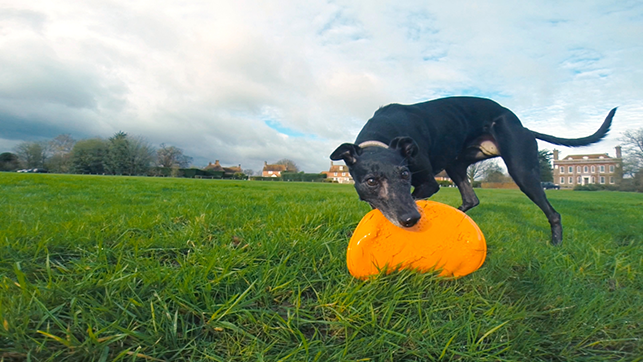
Flying fetch
The eco approach employed by London based Beco quickly begins to make sense when you realise that the pet industry is four times the size of the equivalent baby products business.
The company prides itself on its three pronged approach to design, of which sustainability proves one of its key foundations, alongside fulfilling the dog’s needs, and attracting the owner that is potentially buying the product.
It’s a fine balance, given that the main consumer – the dog – has the fun ambition of destroying its toys, while the owner is more typically focussed on the way it’s styled.
Ecologically, the materials that Beco choose are a great fit for both pet and owner. Its Flyer toy – a disc that can be thrown over distance – is made from natural rubber, strengthened with recycled rice husks, making it naturally tough enough for sharp teeth; biodegradable once in landfill, and safer than a mass produced plastic should Fido manage to consume any of it by accident.
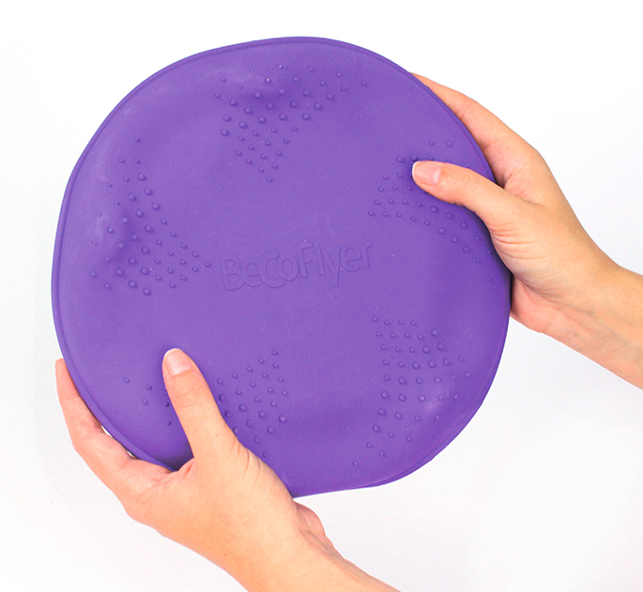
Beco Flyer
Beco also wanted to help reduce common injuries associated with typical frisbee style toys that when flat on the ground can potentially cause the sprinting animal to damage their neck when trying to pick it up, while hard plastics can also break teeth.
Working from sketched ideas, Beco gave the Flyer ‘waves’ and dimples that would ensure it was never flat to the ground.
While the design was produced in SolidWorks and initial prototypes built from 3D printed moulds, they found problems with the flight of the disc.
Having consulted an aerospace engineer for guidance, the design was remodelled, before more prototypes were built for helpful dog testers, which then allowed for material thicknesses to be decided upon.
The products were manufactured in China with the aid of a Beco office based there, before being shipped to 40 countries around the world, and many thousands of happy dogs.
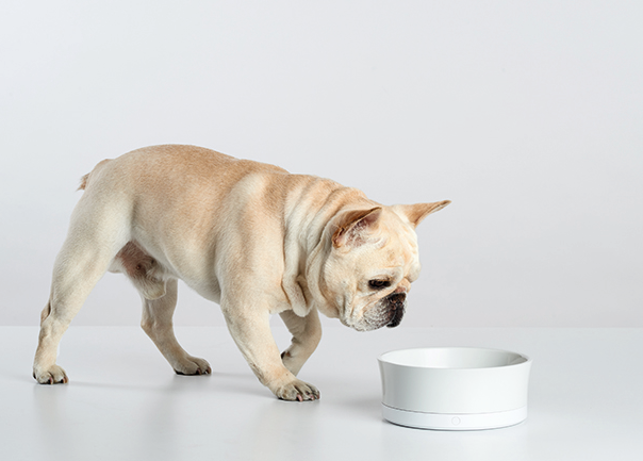
The Obe ProBowl monitors the amount your dog eats, helping to avoid overfeeding
Bowled over
For some dog breeds it’s tricky to know just how much they should be eating each day to keep them healthy, let alone keeping tabs on it.
San Francisco-based Obe’s ProBowl concept weighs the amount placed in the dog bowl in real-time, while personalised feeding instructions are stored in the device – glowing green each time the bowl is filled correctly.
The connected device manages meal schedules and reminds family members, so everyone knows if the dog has been fed. More seriously, the technology allows owners to spot any changes in feeding habits that might alert them to health issues earlier.
Obe founder Hilary Jensen built the first simple electronic prototypes from Arduinos, RaspberryPi, and lots of hacked kitchen scales, before hiring design bureau Matter, which worked in SolidWorks and Rhino3D to create the final 3D design.
Mindtribe was employed to rapidly prototype the interior technology, that after five rounds of engineering and electrical tests resulted in the beta product.
WiFi is a huge power draw, so the toughest factor was enabling a cool user experience with a 90-day battery life – mostly through using coloured lights instead of displays as guides.
https://youtube.com/watch?v=ouNgnjrHq_U
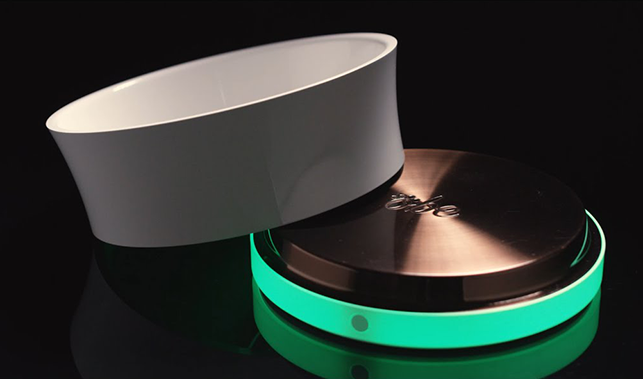
The bowl base turns green when the right amount of food has been placed into the dog bowl
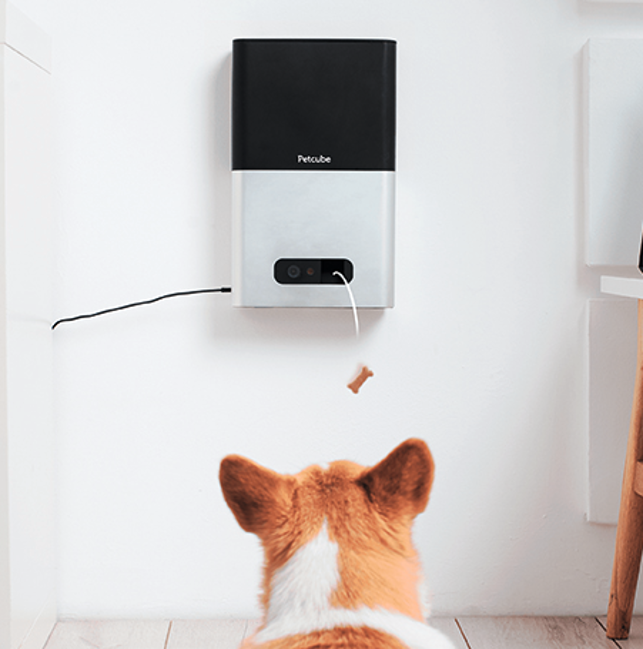
Have a chat and throw your dog a treat whereever you are in the world with the Petcube Bites
The bite stuff
Being away from their pet can be more stressful for the owner than the pooch, hence the increase in connected devices that allow humans to check in remotely on their furry friends.
Petcube Bites adds more to this experience than a 1080p HD camera. With an in built treat cannon, the user can fling their dog a tasty morsel, while using its two-way audio to chat to them, all from a smartphone.
From the beginning the Petcube team, based across the USA, Ukraine and China, had built a list of features and nine concepts for the design, taking a year to hone the product fully.
Physical prototyping using CNC parts and 3D printing was key to user testing and addressing noise reduction when a treat is dispensed. Given that loud and unfamiliar noises can spook animals, it was important to get this right.
With the Petcube Play launching via Kickstarter, it was imperative that the product was produced in the most efficient way possible. With the front panel production alone involving eight steps (including silk printing, vacuum spraying, and laser surface treatment), the team’s manufacturing know-how helped the process.
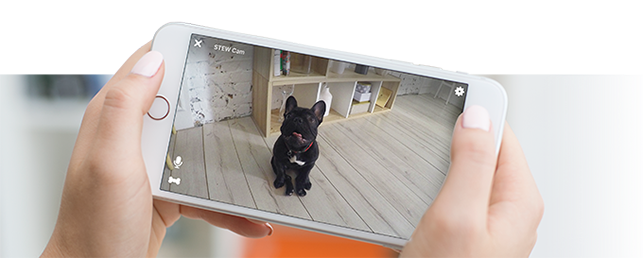
Owners can connect with their pet wherever they are in the world
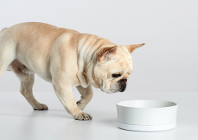
As pet tech takes off, we look at perfect products for pooches
Default






